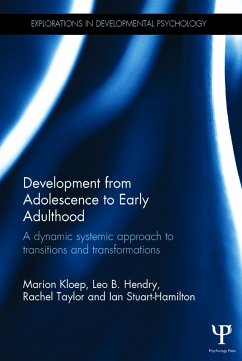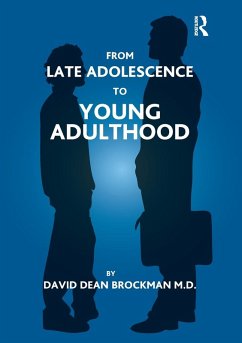
Human Development from Middle Childhood to Middle Adulthood
Growing Up to be Middle-Aged
Versandkostenfrei!
Versandfertig in 1-2 Wochen
168,99 €
inkl. MwSt.
Weitere Ausgaben:

PAYBACK Punkte
84 °P sammeln!
This seminal work focuses on human development from middle childhood to middle adulthood, through analysis of the research findings of the ground-breaking Jyväskylä Longitudinal Study of Personality and Social Development (JYLS).













